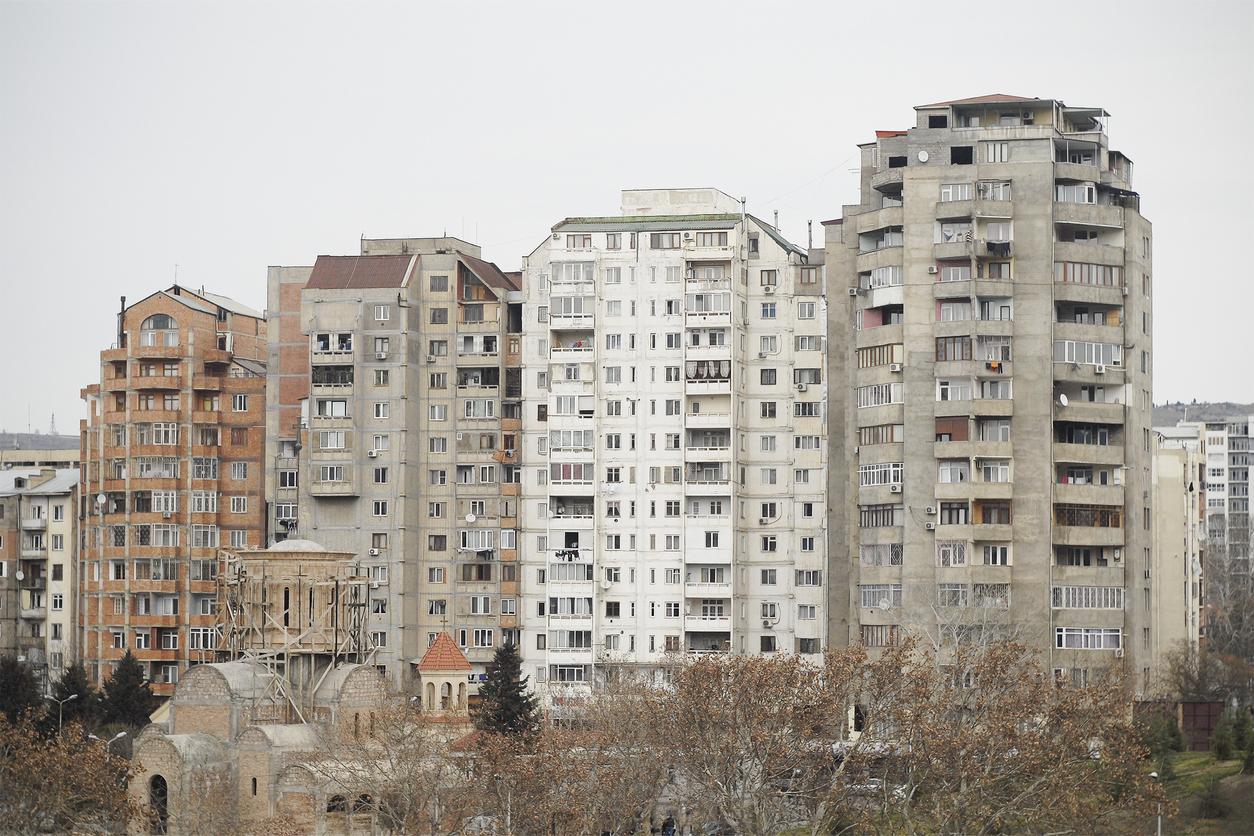Crystalline silica is a mineral used in the professional world for a multitude of applications: glassware, foundry, chemicals, rubbers, paints, construction (especially concrete), or funeral facings. A report by ANSES, which has just been published, estimates that in France, around 350,000 workers are exposed to this mineral by inhaling dust and that 23,000 to 30,000 of them are exposed to levels exceeding the occupational exposure limit value of 0.1 mg.m-3 which is currently in force in France.
Risks of lupus and rheumatoid arthritis
Crystalline silica was classified as a human carcinogen by the IARC in 1997 and since then studies have confirmed the link with the development of bronchopulmonary cancer. Corn ANSES’s expertise highlights the risk of developing autoimmune diseases such as systemic sclerosis, lupus systemic erythematous or rheumatoid arthritis. “Similarly, exposure to crystalline silica increases the risk of developing non-malignant respiratory pathologies other than silicosis such as chronic obstructive pulmonary disease (COPD), emphysema, tuberculosis” adds the Agency.
ANSES’s recommendations
In terms of prevention, ANSES first reminds to transpose into French law the preventive measures defined by the European directive on the protection of workers against the risks related to exposure to carcinogens or mutagens at work.
In terms of medical surveillance, ANSES recommends in particular changes in the diagnosis and screening of certain pathologies (silicosis, tuberculosis, kidney pathologies, etc.) for people exposed or who have been exposed to crystalline silica in the context of their profession. .
Read also :
Night work increases cancer risk in women
80% of work-related cancers due to asbestos
















